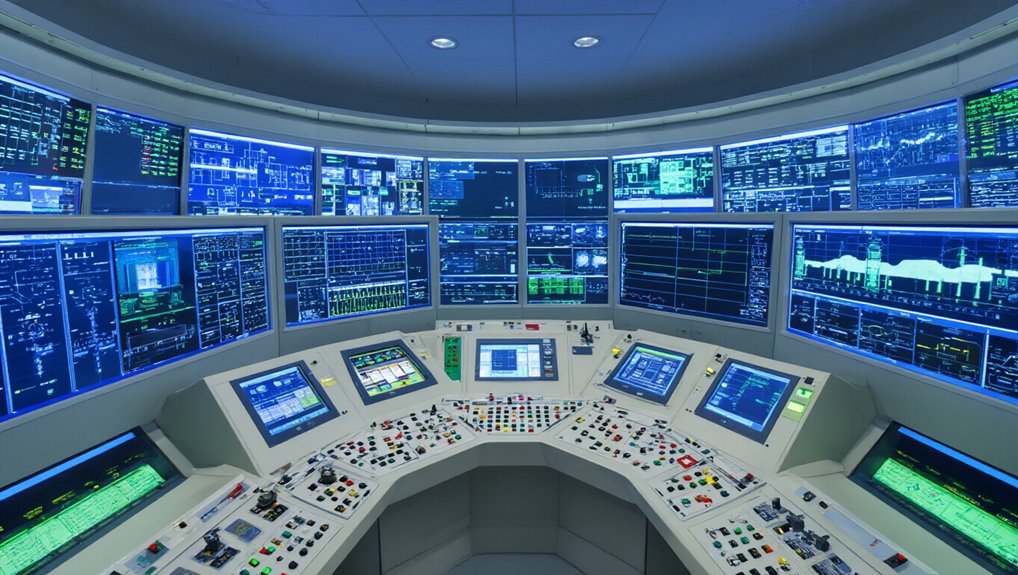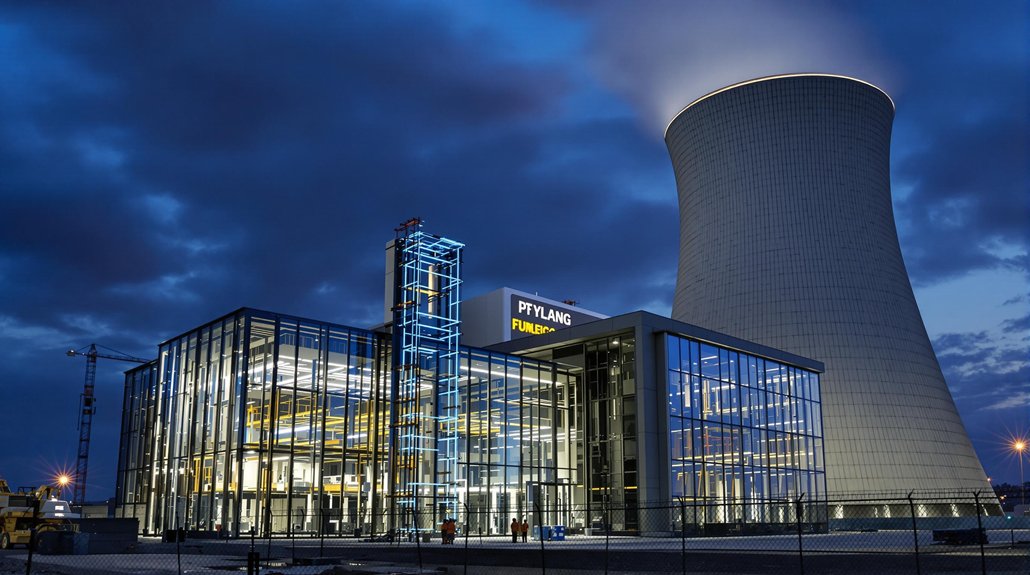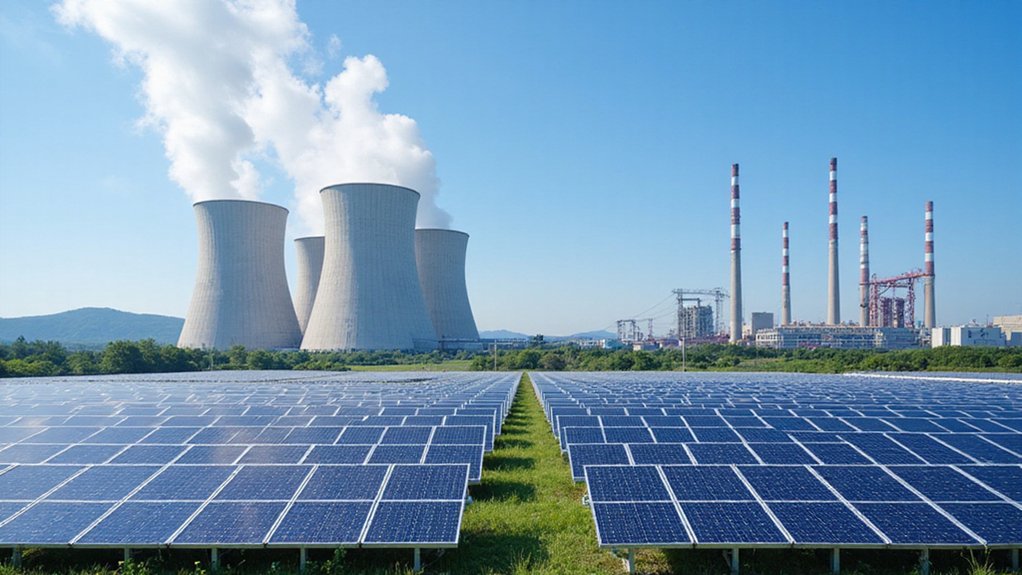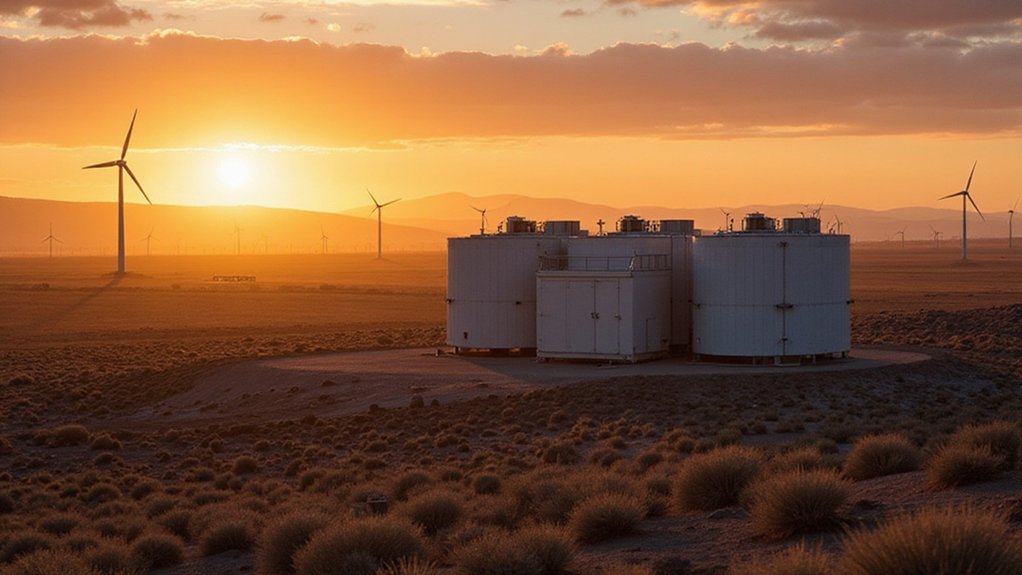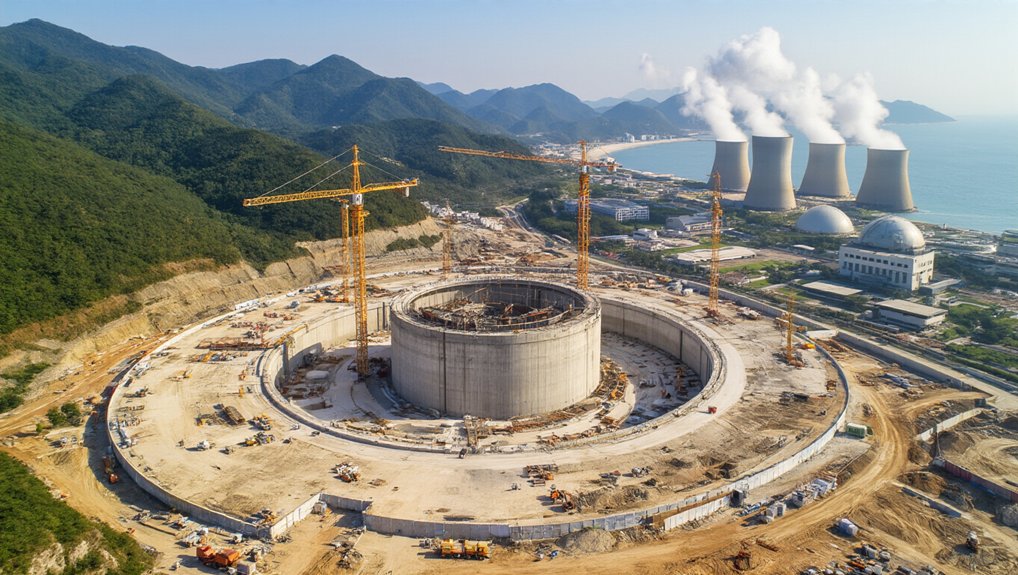The nuclear simulator at George Mason University isn’t just another fancy piece of equipment gathering dust in a lab. It’s a full-scale replica of a NuScale small modular reactor control room, and it’s the only 12-module setup of its kind in the entire United States. That’s right, the only one.
Located at Fuse, Mason’s massive 345,000-square-foot innovation hub, this simulator officially went live on May 30, 2025. They’re planning some big celebration in the fall, but the real party started when students got their hands on actual nuclear plant controls. No more boring textbooks and theoretical mumbo jumbo. This thing lets them practice real operational scenarios without, you know, the risk of actual nuclear meltdown.
The Virginia Clean Energy Innovation Bank threw money at this project because they get it. Nuclear energy isn’t the boogeyman anymore. It’s clean energy, and somebody needs to run these plants. Mason’s simulator bridges that awkward gap between classroom theory and the real world where mistakes cost millions. Or lives.
Nuclear energy isn’t the boogeyman anymore—somebody needs to run these plants
Here’s where it gets interesting. Mason just became the 11th institution globally to host a NuScale E2 Center. They’re in the same club as Idaho State, Ohio State, and Seoul National University. Not bad for a school some people still confuse with George Washington University. The facility can simulate configurations generating up to 924 MWe of clean electricity through modular reactor arrangements.
The simulator doesn’t just train students. It’s pulling in K-12 kids for tours, helping regular folks understand that nuclear power isn’t just mushroom clouds and three-eyed fish. NuScale Power Corporation partnered on this because they need workers who actually know what they’re doing when these SMRs start popping up everywhere. With annual growth rates of 3% in nuclear generation projected through 2026, the demand for qualified operators will only increase.
Students can practice normal operations, emergency responses, and optimization tasks. They’re basically playing the world’s most expensive video game, except the skills transfer directly to six-figure jobs. The facility supports research too, letting scientists test new strategies without risking actual reactors.
Mason’s making Virginia look like the Silicon Valley of nuclear energy. Other states must be jealous. This simulator represents more than education. It’s workforce development on steroids, preparing the next generation to tackle climate change with actual solutions, not just protests and hashtags. The initiative directly supports Mason’s Grand Challenge goals for creating a climate-resilient society through practical technological advancement.
References
- https://www.gmu.edu/news/2025-06/nuscale-energy-exploration-center-fuse-offers-students-state-art-simulated-reactor
- https://www.nuscalepower.com/press-releases/2025/george-mason-university-unveils-nuscale-energy-exploration-center
- https://www.bizjournals.com/washington/inno/stories/profiles/2025/06/11/george-mason-university-nuclear-energy-nuscale.html
- https://www.ans.org/news/article-7091/nuscale-energy-exploration-center-opens-at-george-mason-university/
- https://worldbusinessoutlook.com/george-mason-university-launches-nuscale-energy-exploration-centre/
